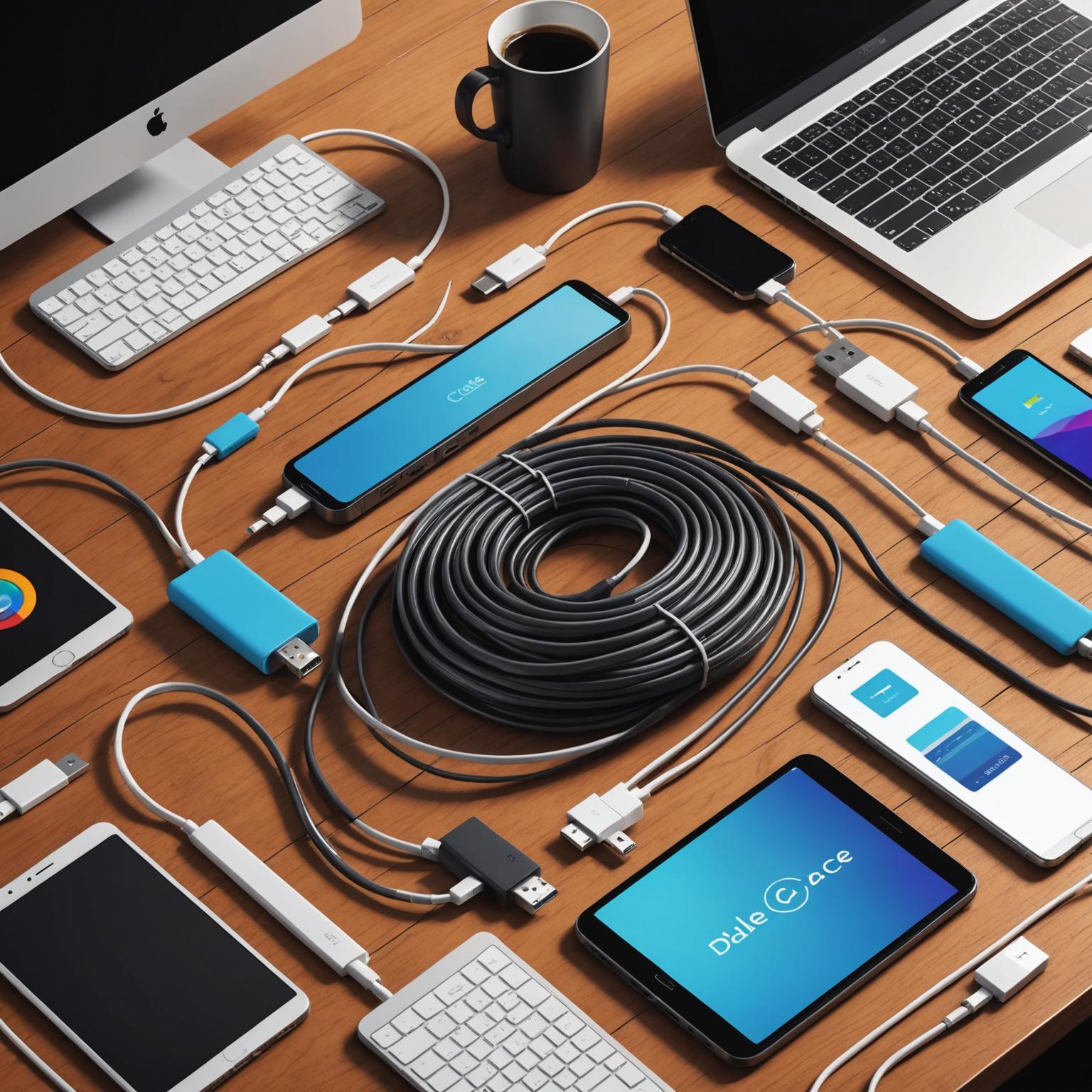Your Ultimate Guide to Choosing the Right Type-C Cable
This is our independent website, you can check out our products.https://pjcases.com
In today’s interconnected world, the humble cable is more important than ever, and the type-c data cable has risen to become the universal champion of connectivity. From the latest smartphones and tablets to powerful laptops and monitors, this versatile connector is everywhere. But with a wide variety of options on the market, how do you choose the right one for your specific needs? This guide will walk you through everything you need to know to select the perfect cable, ensuring you get the optimal performance for charging and data transfer for all your devices.
Understanding the USB Type-C Standard
First, it’s essential to understand what makes a USB Type-C cable so revolutionary. Its most celebrated feature is the reversible, symmetrical connector. Gone are the days of fumbling to plug in a USB-A cable the right way; Type-C plugs in correctly on the first try, every time. Beyond convenience, this standard supports a range of powerful protocols. This includes high-speed data transfer standards like USB 3.1, USB 3.2, and even Thunderbolt 3 and 4, which can handle massive files and external –display connections. Furthermore, it incorporates USB Power Delivery (PD), a charging standard that can deliver significantly more power than older USB types, making it capable of charging everything from a smartphone to a high-performance laptop.
How to Select the Perfect Cable for Your Needs
When selecting a new cable, you must look beyond the connector shape. The first thing to consider is your primary use case. If you mainly need a cable for charging your phone overnight, a basic USB 2.0 Type-C cable might suffice. However, if you plan to transfer large files, like 4K videos or extensive photo libraries, you’ll need a cable that supports higher data speeds, such as USB 3.1 Gen 2 (10 Gbps) or USB 3.2 (20 Gbps). Check the product’s packaging or description for these specifications. Build quality is another crucial factor. Look for cables with durable braiding, reinforced stress points near the connectors, and reputable certifications to ensure safety and longevity. A well-made type-c data cable is an investment in the health of your devices.
A Special Focus on Type-C Cables for Laptops
Powering a laptop requires significantly more wattage than a smartphone, which makes choosing the right cable critical. When shopping for Type-C cables for laptops, the most important specification to verify is the Power Delivery (PD) rating, measured in watts (W). Most laptops require at least 60W to charge effectively, while more powerful models may need 100W or more. Using an underpowered USB Type-C cable can result in slow charging, no charging at all, or even potential damage to your device’s battery. Always check the power requirements of your laptop’s original charger and purchase a cable that meets or exceeds that rating. For an all-in-one solution, a Thunderbolt 4 cable is often an excellent choice, as it supports high-speed data (40 Gbps), dual 4K –display output, and up to 100W of power delivery.
Best Practices for Cable Care and Longevity
To get the most out of your purchase, proper care is essential. Avoid putting excessive strain on the cable by bending it at sharp angles, especially near the connector ends, as this is the most common point of failure. When storing the cable, loosely coil it instead of wrapping it tightly around your hand or an object. Periodically inspect your cables for any signs of fraying, exposed wires, or damage to the connectors. Using a damaged cable can be a safety hazard for both you and your electronics. By following these simple maintenance tips, you can ensure your cables remain reliable and functional for a long time, providing a safe and efficient connection whenever you need it.
